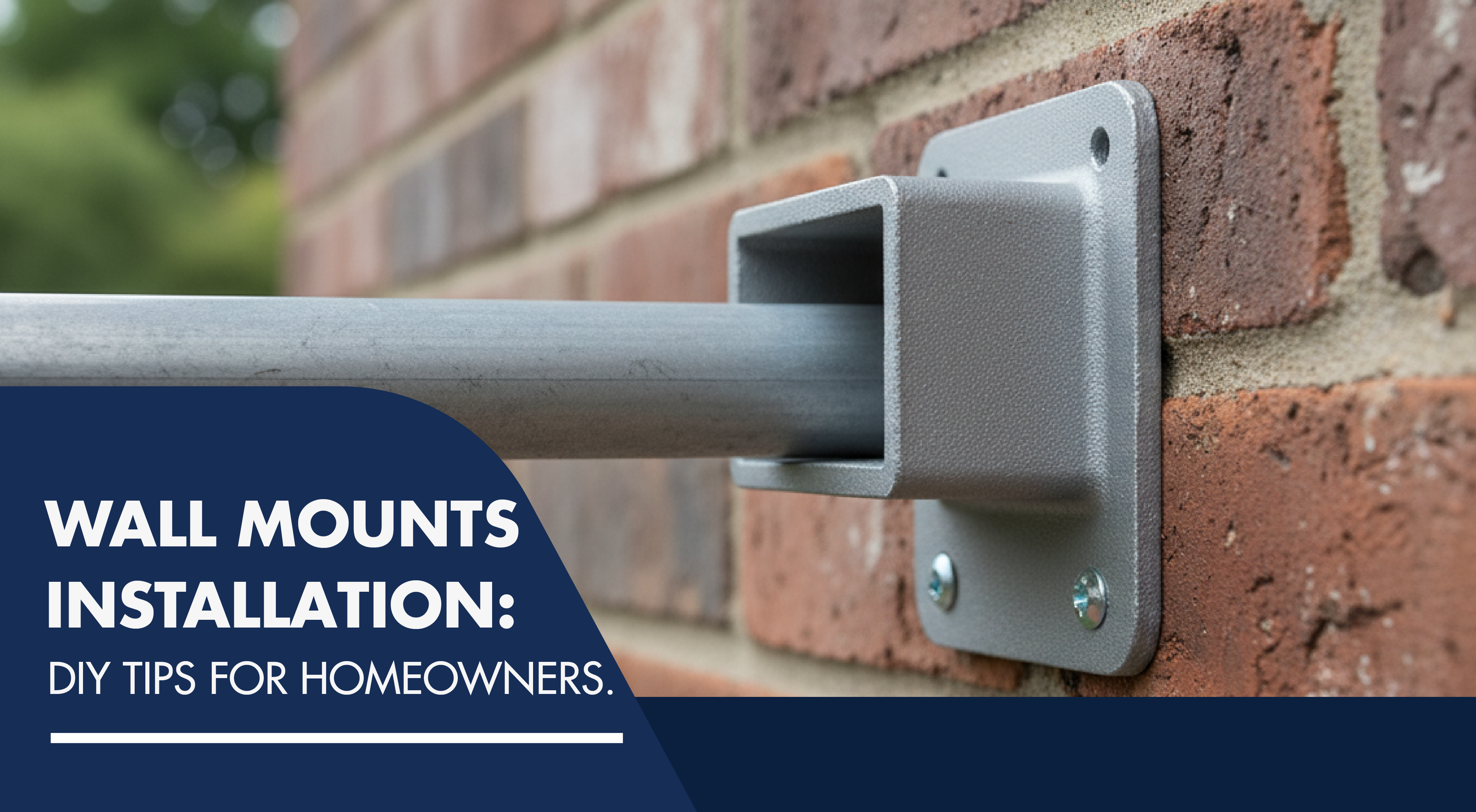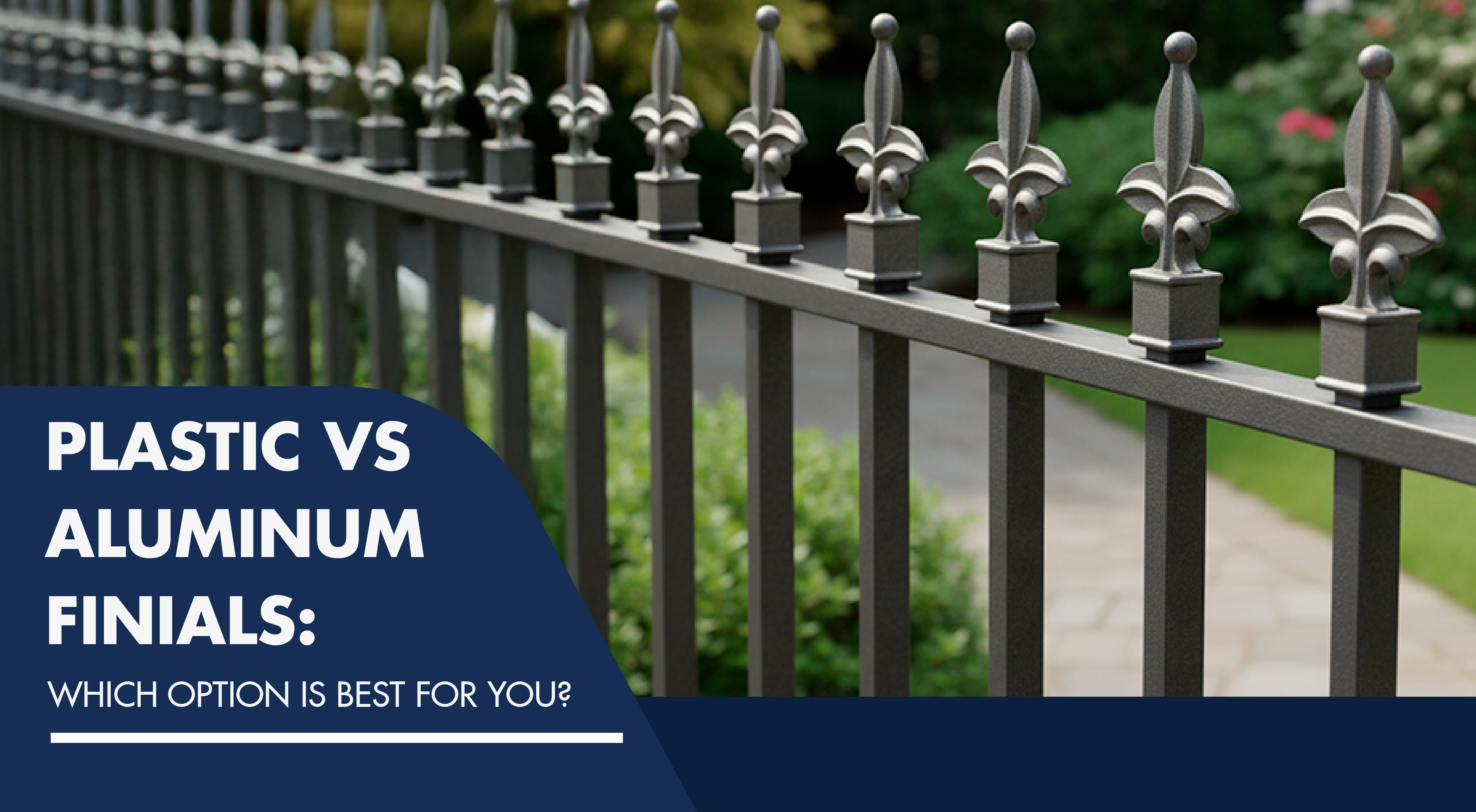Selecting the right fence for your property is crucial, not just for aesthetics and security, but also for durability. Choose the best fence tailored to your local climate to ensure it stands the test of time. Here’s how to make the right choice.
Understanding your climate's impact on choosing the best fence
Different climates present unique challenges that can affect the longevity and maintenance needs of your fence. Choosing the best fence means matching your fencing material to your region's specific weather conditions.
Hot and dry climates
In areas with intense heat and low humidity, materials can warp, crack, or fade. Wooden fences, for instance, may dry out and become brittle. Opt for materials like vinyl or metal, which are more resistant to such conditions. Additionally, choosing lighter colors can help reflect sunlight, reducing heat absorption.
Cold and wet climates
Regions experiencing heavy snowfall, rain, or freeze-thaw cycles require fences that can withstand moisture and temperature fluctuations. Pressure-treated wood, known for its resistance to moisture and decay, is a suitable choice. Alternatively, metal fences with rust-resistant coatings can prevent corrosion. Regular maintenance, such as sealing or painting, is crucial to protect the material.
Humid and coastal areas
High humidity and salty air can be detrimental, especially to metal fences, leading to rust and corrosion. Stainless steel or aluminum fences, which are less prone to rust, are ideal for such environments. For a natural look, cedar or redwood contain natural oils that resist moisture and pests, making them excellent choices.
Windy Regions
If your property is in a location prone to strong winds, structural integrity is paramount. Picket or rail fences, which allow wind to pass through, reduce pressure on the structure. Ensuring that fence posts are deeply set and reinforced will enhance stability.
When looking for the best fencing option, consider the best fence that suits both durability and aesthetics.
You may be interested: Fence Hardware for Secure and Durable Installations

Material options and their climate suitability
Each fencing material has its own set of characteristics that make it more or less suitable for certain climates, helping you choose the best fence for your needs:
Wood fences
Wood offers a classic and natural look. However, its performance varies with climate:
- Cedar and Redwood: these woods are naturally resistant to decay and insects, making them suitable for humid climates.
- Pressure-Treated Pine: treated to resist rot and pests, it's a cost-effective option for wetter regions.
Vinyl fences
Vinyl is durable and low-maintenance:
- Resistant to moisture, making it ideal for wet climates.
- Can become brittle in extremely cold temperatures, leading to cracks.
Metal fences
Metal options like aluminum and steel are sturdy:
- Aluminum: resistant to rust, suitable for humid and coastal areas.
- Steel: strong and durable but requires a protective coating to prevent rust in wet climates.
Composite fences
Made from a mix of wood fibers and plastic, composites offer:
- Resistance to rot and insects, suitable for various climates.
- Can fade or warp under extreme heat.
Key considerations when choosing the best fence
Beyond climate compatibility, consider the following factors to ensure your fence meets all your needs:
Purpose of the fence
- Privacy: solid panels like those in vinyl or wood are effective.
- Security: tall, sturdy materials such as metal provide better protection.
- Aesthetics: choose a style and material that complements your property's design.
Maintenance requirements
- Wood: requires regular sealing or painting to maintain its appearance and durability.
- Vinyl and Metal: generally low-maintenance, needing occasional cleaning.
Local regulations
- Check with local authorities or homeowners' associations for any restrictions on fence height, style, or materials.
Budget
- Balance initial costs with long-term maintenance expenses. While some materials may be cheaper upfront, they might require more upkeep over time.
Top tips for selecting the best fence
To summarize, here are actionable steps to guide your decision:
- Assess your climate: understand the specific weather patterns in your area.
- Research materials: match fencing materials to your climate's demands.
- Define your needs: determine the primary function of your fence.
- Consider maintenance: be realistic about the time and resources you can dedicate to upkeep.
- Consult professionals: seek advice from fencing experts or local suppliers familiar with your region's conditions.
Learn: How to Install a Fence

Invest in quality fencing with Fittings Plus
Choosing the best fence is a crucial decision that impacts your property's security, aesthetics, and longevity. By understanding your climate and selecting the right materials, you ensure a fence that lasts for years. For high-quality fence accessories like post caps, wall mounts, and secure hardware, trust Fittings Plus, your go-to source for durable and stylish fencing solutions. Explore our selection today and build a fence that stands strong in any climate!






